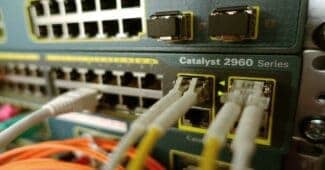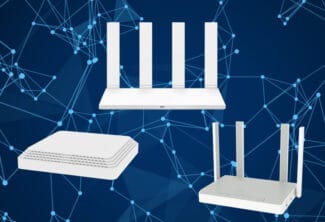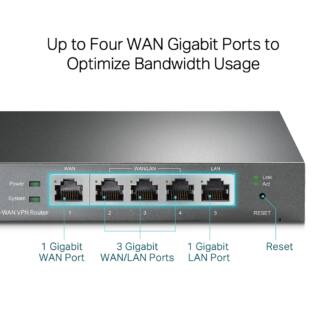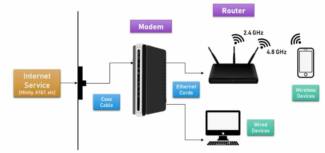Another important router characteristic that you should pay attention to is the bandwidth of the WAN interface. This applies to those who plan to connect to the Internet using broadband access, which can provide high speeds of information exchange. It is important to know that WAN capabilities of many budget models of routers (up to 2000 rubles) are limited to 30 – 35 Mbps. This means that buying such a router and having connected to the Internet, for example, at 60 Mbps, you will only be able to use half of the channel capacity, and will be wasting your money.
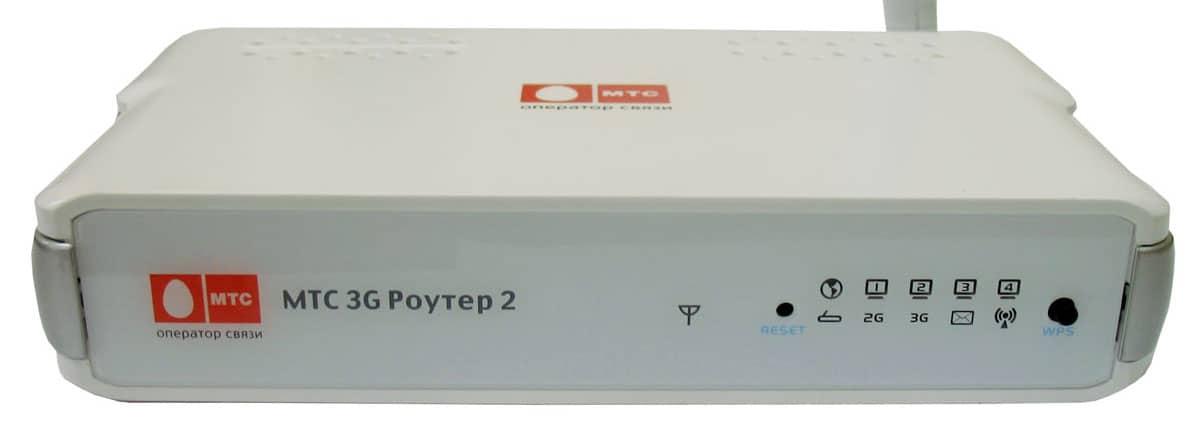
Table of contents
In the first article of the series "Do-it-yourself Local Area Network" we found out that the router is the main component of the local network and performs most of the basic functions of data exchange. And if so, it is worth taking its choice very seriously. It is the one that will determine many of the features of your home network, its performance and stability.
To make it easier for you to choose this complicated device, let's look at the main characteristics of routers and understand what they are responsible for. I will deliberately keep the wording of some of the features simple so as not to overload inexperienced users with complicated technical information.
Types of routers
Generally speaking, routers can be divided into two big groups – wired and wireless. Already the names show that all devices are connected to the former only with cables, and to the latter, both with and without wires, using Wi-Fi radio technology. Therefore, wireless routers are most often used at home to provide the Internet and to network computer equipment using different communication technologies.
Conclusion 1: If you are not pursuing any specialized tasks, it is better to buy a wireless router. This versatile solution will allow you to network equipment using different data transmission technologies.
Types of routers
In general, routers can be divided into two large groups – wired and wireless. Already the names show that all devices are connected to the former only with cables, and to the latter, both with and without wires, using Wi-Fi radio technology. Therefore, wireless routers are most often used at home to provide the Internet and to network computer equipment that uses different communication technologies.
Conclusion 1: If you are not pursuing any specialized tasks, it is better to buy a wireless router. This versatile solution will allow you to network equipment using different data transmission technologies.
Wired connection interfaces
To connect computers and other devices using wires, routers have special T-sockets called ports. In home-oriented models, there are usually five – four LAN sockets (output interface) and one WAN or DSL (input interface).

The LAN ports are connected to the devices that you want to network, and the WAN port is connected to the cable of the ISP providing broadband (high-speed) Internet access via a dedicated channel. By the way, this is why many routers have the WAN port signed with the word INTERNET.

Unfortunately, in some regions broadband access to the network is still missing or very expensive. In this case, the connection to the Internet can be done with a telephone line (DSL or ADSL). In this case, the external (input) network interface in the router is a built-in DSL modem, and instead of a WAN socket on the back there is a telephone cable connector marked DSL or ADSL.

Recently, wireless Internet connection via 3G and LTE (4G) mobile technologies, which can provide high data rates, has been gaining popularity. This is especially true for large cities with a good coverage area of cellular networks.
If this is the way you plan to connect to the global web, you need to choose a router that supports 3G/4G USB modems or has a built-in mobile modem. In the first option, the router is equipped with a USB port for connecting modems and built-in software support for their main models, a complete list of which can be found, as a rule, in the user manual.
"Tricks and Options

"Tricks" and additional options allow you to improve the safety and quality of the equipment. Let's briefly describe the most popular "tricks".
Traffic filtering Allows you to secure your equipment and block harmful sites. Filtering can be implemented using different approaches (filtering by words, URL) and services, such as SkyDNS or Yandex.DNS.
Important to know: mirror and metal structures reflect the signal and form "dead zones" behind them.
Conclusions
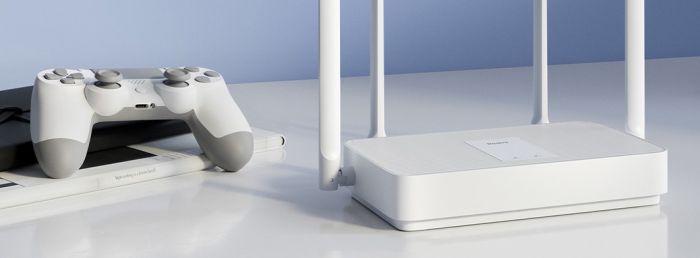
In order to choose a fast and reliable router you need:
- 1. Study general information. A router is needed to establish a wired or wireless connection to the Internet. By type, routers are divided into wired and wireless. The first provides signal stability. The latter allow you to organize a network in any geographical location, provided that it is within the coverage area.
- 2. Understand the basic characteristics. These include speed, frequency of operation, signal range. Speed – a perfect concept, so it's rash to choose a router only by this parameter. It is more important to determine the frequency of operation (2.4 GHz, 5 GHz or both at once) and only then select the desired speed standard, the rules of which are frequency and speed. Transmission range is affected by the location of the router, signal strength, and the type and number of antennas.
- 3. Think about ports. LAN ports are needed for TV and wired Internet. USB allows you to connect a modem, external storage devices, and a printer for general use. High-speed Internet will need Gigabit Ethernet. To access the ports over the Internet, use the "Port Prorout" feature.
- 4. Figure out the "tricks" and options. Traffic filtering, particularly parental controls, will keep malicious sites and destructive content safe. VPN-servers will provide anonymous access to the World Wide Web. Torrent-client will allow to download files directly on the router, which will facilitate access to them from all devices. Security protocols will encrypt data transfer from intruders.
Now you know everything to choose the "perfect" router for your home, office or apartment. Happy shopping!
Read More:
